Children (and adults!) everywhere have been enchanted by Queen ElsaвҖҷs ice magic - but did you know some magical frozen phenomena can happen in real life?
From pancakes on lakes to ice in deserts and space, winter can get pretty weird and wonderful. Check out these six examples of magical ice phenomena.
Hair ice
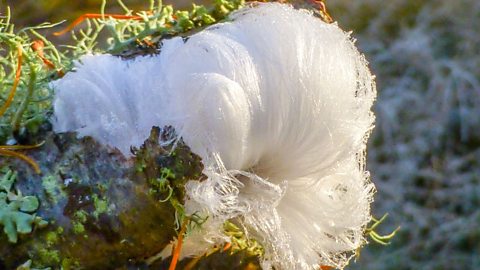
Hair ice, also given the fun name of вҖҳfrost beardвҖҷ, was discovered in 1918 by Alfred Wegener, who also discovered continental drift. This rare ice formation is the result of very specific conditions: a temperature of 0В°C, moisture in the air and the presence of a certain fungus.
When water is present in rotting tree wood and it freezes, it creates a barrier between the pores of the wood and the ice. The moisture in between is then sucked out through the pores and freezes in narrow strands that look like hair.
This process is called вҖҳice segregationвҖҷ, and the fungus stabilises the ice and allows it to stay solid for a while - and it does look a bit like a frosty Santa beard!
Ice pancakes
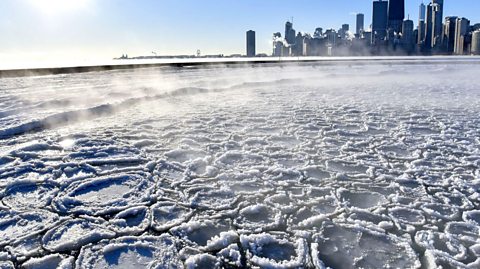
Who doesnвҖҷt love pancakes for breakfast? Well, imagine stepping out in the morning and seeing them floating on your local lake!
Ice pancakes are a rare phenomenon which form in very cold lakes, oceans and occasionally rivers. Circles of ice are created when waves cause them to knock together in the process of freezing. They vary in size depending on how much freezing water splashes and adds to the edge of the pancake, but if theyвҖҷre caught in an eddy (a swirling current of water) they can be metres across.
Ice pancakes can bind together to create sheets of ice, but otherwise theyвҖҷre actually quite slushy and will fall apart if you pick them up.
Ice penitentes
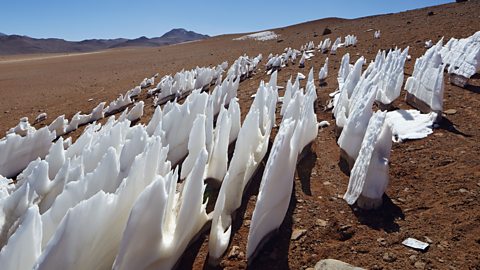
Snow in the desert? ItвҖҷs more likely than youвҖҷd think.
Penitentes are spiked snow formations which point at the Sun. They form when the Sun makes the snow turn to water vapour without melting it first, in a process known as sublimation.
Penitentes often form in places with high altitude such as mountains, glaciers and sand drifts in the desert, where the air is very dry. The depressions and imperfections in a smooth surface of snow deepen as sublimation happens, leaving tall spikes behind.
Depending on the concentration of the SunвҖҷs rays, the spikes can be as tall as 5m. Penitentes known as ice blades have even been seen on the surface of JupiterвҖҷs moon Europa. Ice magic is truly out of this world.
Ice eggs

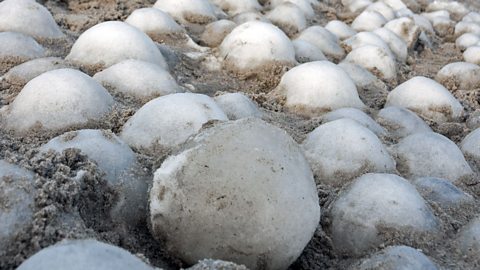
Do you wanna build a snowman? Well these ice eggs are perfect for stacking.
Ice eggs, or ice balls, happen when small pieces of ice are rolled over by wind and water and form into neat pellets. TheyвҖҷre incredibly rare and have been recorded as being up to 3ft feet across on the beaches of Hailuoto, an island between Finland and Sweden.
Sea water can freeze over them and make them smoother, but itвҖҷs the wind thatвҖҷs the key to their spherical shape. TheyвҖҷre not soft like snow, however, so donвҖҷt throw them at your mates!

Crystal flowers

Also known as frost flowers, you may have seen these pretty patterns on windows or car windscreens. The reason for this phenomenon is frost, which occurs when the temperature of surfaces are below freezing.
However, crystal flowers are made because of tiny imperfections on glass surfaces. This can include scratches, dust and residual washer fluid. These result in unique floral and leafy formations.
Diamond dust
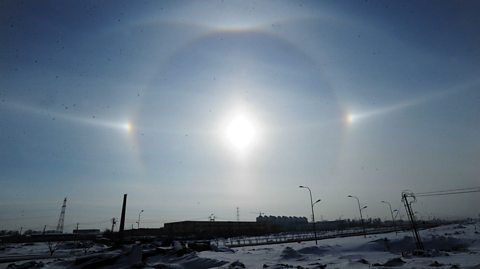
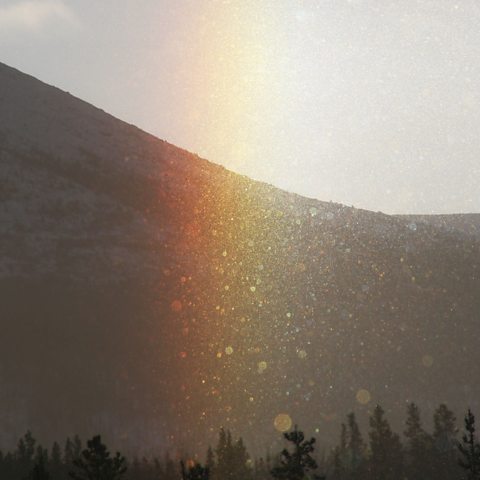
A truly magical occurrence, this glittering phenomenon requires specific conditions. Temperatures must be below -30В°C to form tiny ice crystals close to the EarthвҖҷs surface, and then a bright optical orb - sometimes known as a sun halo - appears around the Sun or Moon as the light interacts with the crystals. The name diamond dust comes from the sparkling effect in the atmosphere.
Halos can range in size and colour and can form in winter or summer, as long as the atmosphere is cold enough. However the ice crystals have to be at exactly the right angle to refract or reflect light thatвҖҷs visible to the human eye - meaning that your friend can be standing next to you but experience a completely different halo to the one youвҖҷre seeing.

Why are all snowflakes unique?
The science behind making every drop of snow different.
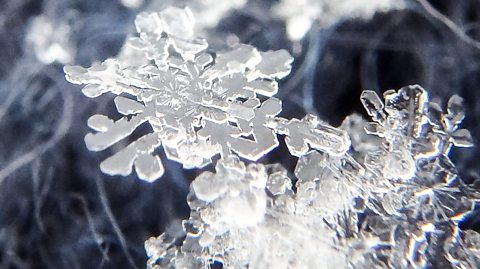
Snow patrol apps and other cool ways to avoid snow chaos
How other countries prepare for the problems a cold snap can bring.
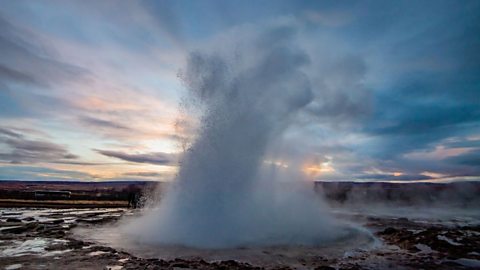
The Christmas is coming quiz
Don't panic! It's a test of your Stir-up Sunday and advent knowledge
